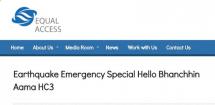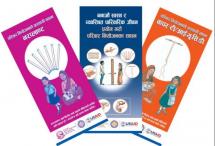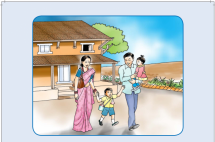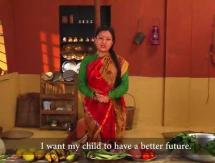e-CON – An Emergency Contraceptive Pill
e-CON, launched in 2009, is an emergency contraceptive pill designed to prevent accidental pregnancies. When taken within 120 hours of unprotected sex, it is effective in preventing pregnancy. The two pills provided (each containing Levonorgestrel B.P. 0.75 mg) may be consumed at once, or the second pill may be taken at an interval of 12 hours.
Statutory Warning:
- e-CON does not prevent HIV/STIs. Condoms such as Dhaal and Panther must be used to prevent HIV/STIs.
- e-CON is an emergency contraceptive pill. It is not recommended for regular use.
Source: Nepal CRS Company
Date of Publication: March 25, 2019
SIMILIAR RESOURCES
Tools
Examples
- Family Planning Counselling Kit
- Training Resource for Male Condoms
- Men's Reproductive Health Curriculum
- Toolkit for Transition of Care and Other Services for Adolescents Living with HIV
- Prioritizing and Targeting SBC Investments for Youth
- Prioritizing and Targeting SBC Investments for Youth
- Community Pathways to Improved Adolescent Sexual and Reproductive Health: A Conceptual Framework and Suggested Outcome Indicators
- Social Marketing: Leveraging the Private Sector to Improve Contraceptive Access, Choice, and Use
- Suaahara Training Guidelines and Participant Handbooks
- Counseling Your Teen Clients About Long Acting Reversible Contraceptives










